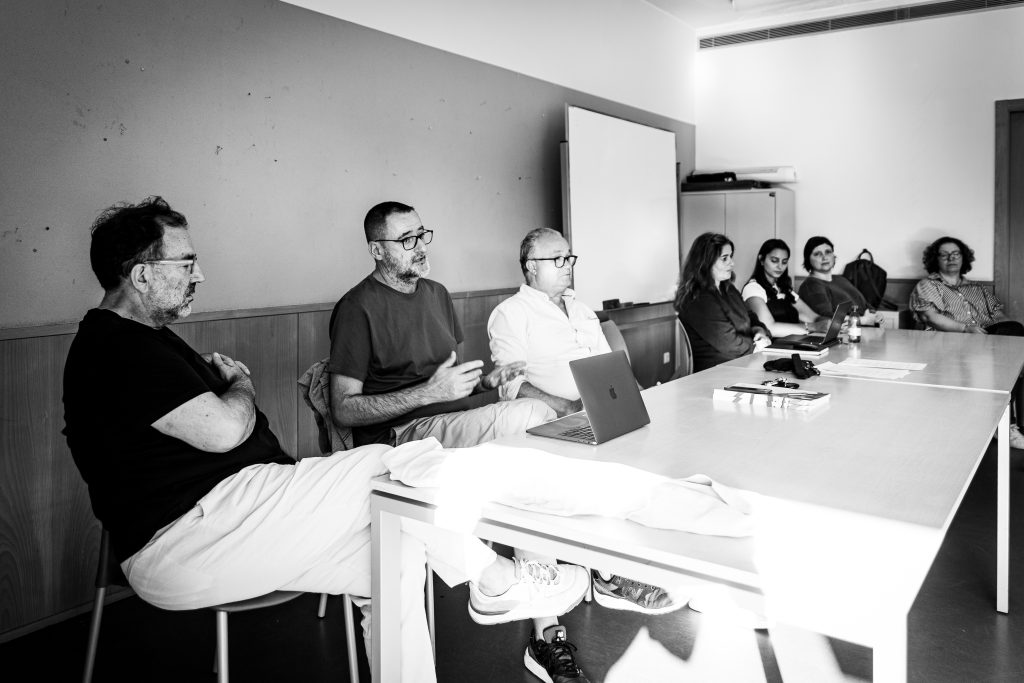
On behalf of the Scientific Committee (SC) of the Masters in Graphic Design and Editorial Projects (MDGPE) and the Faculty of Fine Arts of the University of Porto (FBAUP), I would like to welcome you — with a very special thank you and a very enthusiastic congratulation note — for your integration into this team. You are now one of the 40 students who stood out among the 92 candidates we had in the three admission phases.
We know that many of you went through difficulties resuming the “post-covid” period to get here, especially those who carry out professional and extracurricular activities. And so, once again, congratulations and welcome to FBAUP.
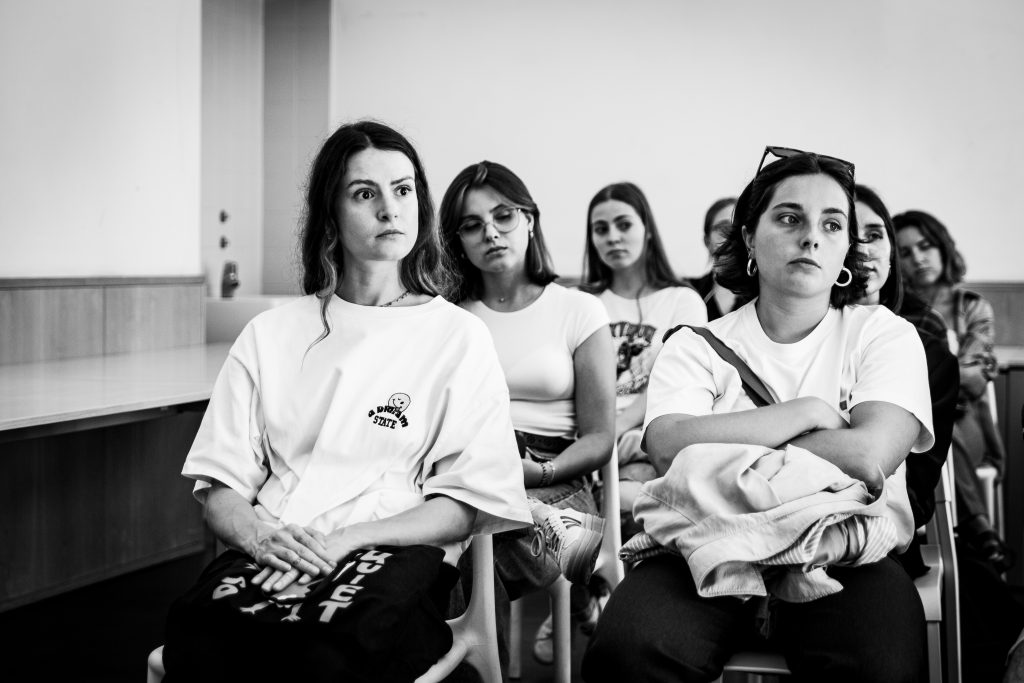
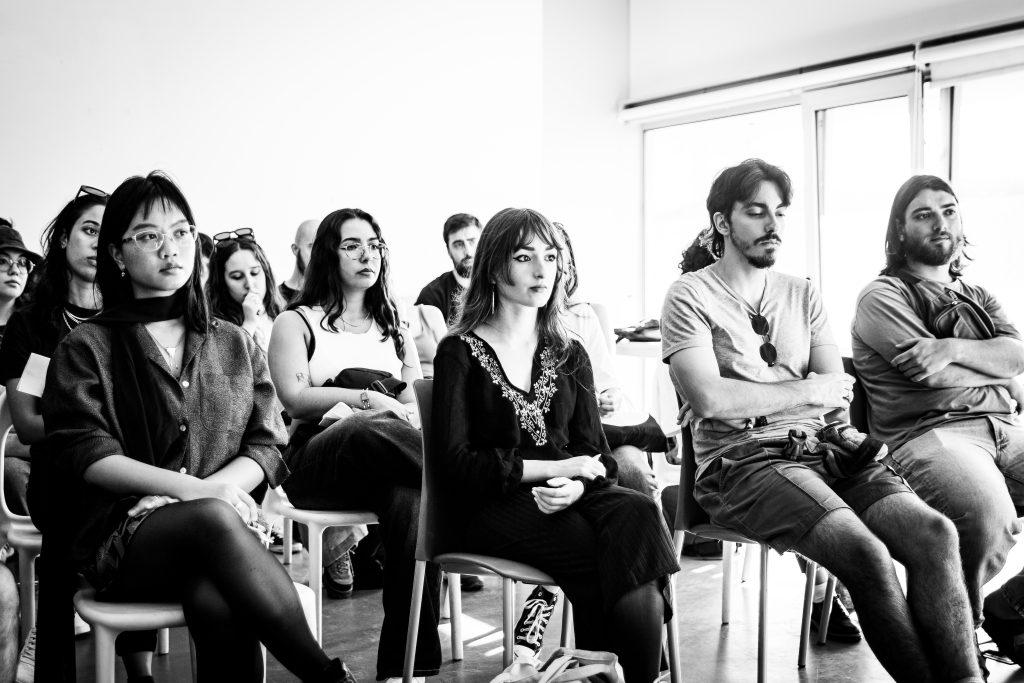

The provenance of the 40 students enrolled this year at MDGPE is varied. This year, a large group of 12 FBAUP students has trusted us to continue their studies here. But, as has become our habit, we have many students from UA and ESAD Matosinhos.
Also, some more specific but essential and very significant entries for us from ESAD Caldas, IPCA, FCTUC, FEUP, ESEC, and countless other institutions from north to South of the country. This puts us in an exciting position to share varied skills, interests, and knowledge. But the asymmetry of basic skills will also be felt. We ask for your understanding and support to enhance everyone’s learning experience.
This year’s gender ratio is also more balanced, showing a slight increase in male students (~1/4). But most significant is the group of international students that applied, mainly from the Americas.
You are now beginning a new stage in your personal and academic life. We hope you enjoy all the aspects that life in Porto has to offer.

As you saw yesterday in the director and department directors’ speech, FBAUP comprises approximately 2,000 students, with the design department having five degree-awarding courses. That operates and takes advantage of the facilities we had the opportunity to discover. But don’t just stop at these.
The Master’s in Graphic Design and Editorial Projects (MDGPE) is a postgraduate program at the Faculty of Fine Arts of the University of Porto. It focuses on researching, developing, and designing communication and editorial artifacts.
A specialized program in specific areas of Communication Design, such as Graphic Design in its identity and institutional communication aspect, Art Direction, Advanced Typography for and for books, Infographics and Data Visualization, Type Design, and production of digital Typographic Fonts and Illustrations.
These are the main areas, but we are not limited to those in which you are expected to apply the skills acquired in a final printed or digital research and development project—analog or computational.
This is perhaps one of the first and foremost challenges facing all of you. The nature of Graphic Design activity has been changing in recent decades. Technologies have emerged that bring new challenges to the process and the role of the designer:
- The increasing development of autonomous agents to support design and creation and the respective democratization of tools — places users in the position of creators and designers, forcing an adaptation of roles;
- The global political and economic situation tends to worsen with the cleavage between the North American and Chinese powers, geopolitical conflicts such as Russia’s war on Ukrainian territory, and the growing difficulty of nations and cultures in respecting and recognizing each other — on the issue of sex, culture, and what seems most profound to me, religion — this forces us voluntarily or involuntarily to question the role and how the designer should act and communicate;
- Not forgetting a whole other range of urgent topics such as climate and the protection of territory and resources, population aging and migration — all in a certain way interconnected — and which could be grouped into a sustainability role — and which are factors that also affect the form and artifacts and experiences we design.
This is not a time for political campaigns or depressing speeches. Still, I believe it is our duty and your role as designers and future masters to have a hand in increasingly strategic reflection and action.
The MDGPE master program has a standard structure, which you should familiarize yourself with now — namely, the Director — Prof. Pedro Amado — whose duties and competencies are defined in the study regulations, which I highlight: to ensure the normal functioning of the Study Cycle and ensure its quality; to regularly promote the consultation of teachers linked to the curricular units of the Study Cycle;
The Scientific Committee (SC) — chaired by the director and composed of Prof. Cristina Ferreira, Prof. Rui Vitorino Santos, and Prof. Eduardo Aires responsible for the initial creation of the study cycle and its director for around a decade, and the SC is responsible for assisting the Director of the Study Cycle in curricular coordination (guidelines, scientific matters such as regulations, etc.); Providing an opinion on the teaching service needs for the Study Cycle;
The Monitoring Committee — by your colleagues Juliana Pires (finishing) and Marta Silva (2nd year)- is responsible for ensuring the normal functioning of the Study Cycle by proposing measures that aim to overcome the functional difficulties encountered.
One or two of you will soon be invited to join the master monitoring committee. Therefore, getting to know all your classmates from both classes will also be necessary.
Well, for that, of course, you can count on the support of our teachers — highly specialized professionals and dedicated staff who teach a wide range of subjects that allow students to specialize in different professional areas.
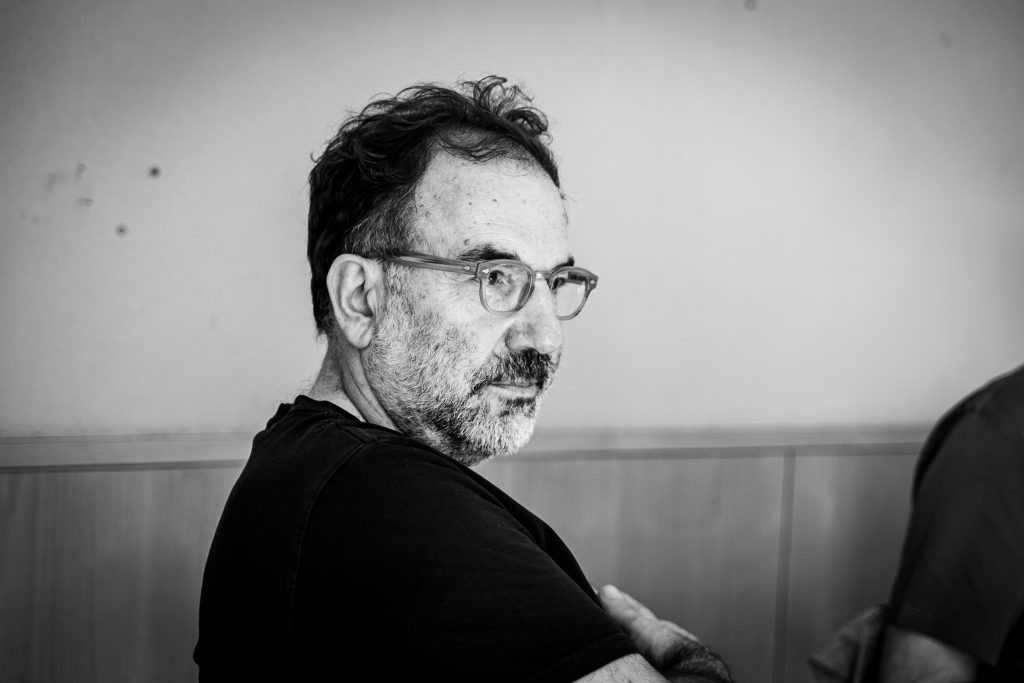
In Project, Designer and Associate Professor Eduardo Aires and Prof. Cristina Ferreira. The “heaviest” UC in the 1st year is yearly and is a Project. It operates within the boundaries between the designer’s and the editor’s actions in personal project development. o Students are prepared to conceive, design, and produce an editorial and graphic program in communication artifacts, supported by self-critical speeches and reasoning that justify theoretical and practical action — the study and essay portrayed by this student
Students work on project methodologies, develop or improve their mastery of analog and digital tools, and design strategies that they put into practice, present, and evaluate
In Graphic Design and Infographics (DGI), guest professor Marta Fernandes (ESMAD) promotes the foundations of infographic composition — dissecting data, planning, and executing the information design process to communicate complex content in a simple, effective, and visual way.
In Advanced Studies in Editorial Design and Typography (EADET), officially lectured by Prof. and Designer António Modesto, but from the outset, the Regent will be Prof. Mário Moura with the support of a hired teacher and professional designer — Prof. Rúben Dias. In this CU, students acquire or develop skills and abilities to problematize, construct, and resolve editorial design and typography projects in different contexts, develop critical capacity in their approach, better argumentative discourse, and understand ethically. They also explore culture and knowledge and classic typographic and editorial design rules. Challenge the functionality or invisibility of the program versus the expressiveness or aesthetics of the medium or the author.

In Contexts and Practices of Illustration(CPI), professors and Illustrators Júlio Dolbeth and Rui Vitorino Santos promote a space for discussion and practice of illustration, seen in its narrative aspect and different fields of action Visual grammar, formal conceptual and historical context are explored. Students create works with and for different audiences, mapping the territories in which global editorial illustration operates and its occurrences in the contemporary Portuguese sociocultural context.
In the second semester…
In Research Methodologies I (MPII), they work with Prof. Diniz Cayola (sociology/anthropology), developing the first steps for writing research papers/projects and conducting research and development activities and mainly focusing on their communication and dissemination. Students develop skills to investigate and produce knowledge in Design. In concrete terms, it involves writing and presenting the formats of academic communication — which, as we see here, are sometimes presented publicly.
In Type Design, with Pedro Amado, the objective is to conceive, design, and produce a functional digital typeface for use in editorial projects. Students start by looking deeper at Western Latin writing, typeform shapes and anatomy, typographic classifications, and implementing a typeface design into complete and functional character sets in professional software. Finally, we evaluate and reflect on the principles of developing editorial typography, its characteristics, and constraints. Thus, at the end of the UC, every student will have developed and used his or her digital font to design and compose a [type specimen booklet] publication.
In Art Direction, with Designer Jorge Silva, students are provided with a Platform for reflection and practice in the management of material and human resources in the course of communication design With an emphasis on the dematerialization of communication media and the role of digital media.
Later, students proceed to the second year, in which they will have to develop their projects in/for the fundamental UC of the second year — the objective of the master’s course — which is the CU Project/Dissertation/Internship.
Through one of the three possible modes, students must identify, design, produce, and communicate relevant knowledge effectively in Graphic Design and Editorial Projects through appropriate support, demonstrating skills and autonomy beyond those provided in the course.
- The Dissertation modality aims to initiate the practice of scientific research, integrated into different research and Design development contexts. It can be complemented with empirical work, demonstrative approaches, or research result(s).
- The Project modality aims to initiate or develop conceptual skills and design practices through the application of approaches or methodologies in the context of academic, laboratory research and development, studio practices, or professional agencies through the application of techniques or methodologies in the context of academic, laboratory research and development, or studio practices or professional agencies.
- The Internship modality aims to initiate or develop skills of a professional nature through the learning and development of technical skills or Design methodologies in the context of a studio, agency, or company. It should be noted that the objective of the Dissertation Project Internship UC is to promote the acquisition, development, and operationalization of concepts or techniques for
As you can see from the catalog in the UP repository, at the MDGPE, students choose the three modalities recurrently. Developing traditional and analog media projects with a historical and technological social rescue character. Projects of creation and reflection on and through printed editorial artifacts.
But also in the conception, design, and implementation of tools and artifacts of a digital and online nature. In areas of activity that go far beyond the fundamental areas of the course.
During the two years, workshops and training are organized academically. Usually, in EADET, Type Design, and Project. Or in an extra-curricular context. Which can be in specific areas, complementary areas, or areas of greater specialization of the UCs.
It should also be noted that — preferably in the second year — they will work under any FBAUP professor or UP professor’s guidance with relevant research or development activity within the chosen topic.
You can also choose to carry out the project in Portugal or abroad — international mobility is a possibility and, for this, we recommend that you pay attention to information from the international office.
And, of course, students are encouraged to present and publish their results at different national and international events. As well as participating in the organization or attending conferences hosted and held at FBAUP on the various themes and issues related to the Master’s Degree.
The course’s classroom moved last year to PS45. The opening of new programs and increasingly cramped spaces have pressured our facilities. You will feel this with the workroom we request and share with the rest of the Design courses. Your access to the PS45 will be via card. But they will share the PS44 and PS45.
On a positive note, we have been constantly investing in equipment and books. The Library’s bibliography has been growing and being updated. As well as the equipment allocated to the Design Department — the Guillotine and electric Stapler on the PS44 — and Types of Lead and the Press (in process) acquired in the last two years. Regarding the latter, we hope your colleagues will put them into use and service very soon.

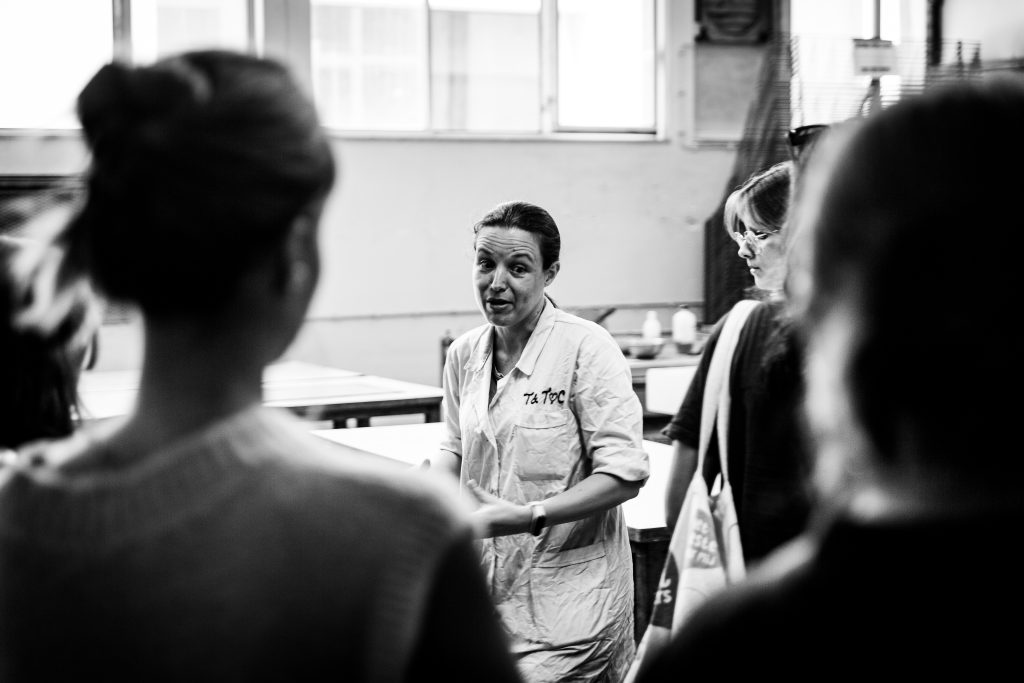
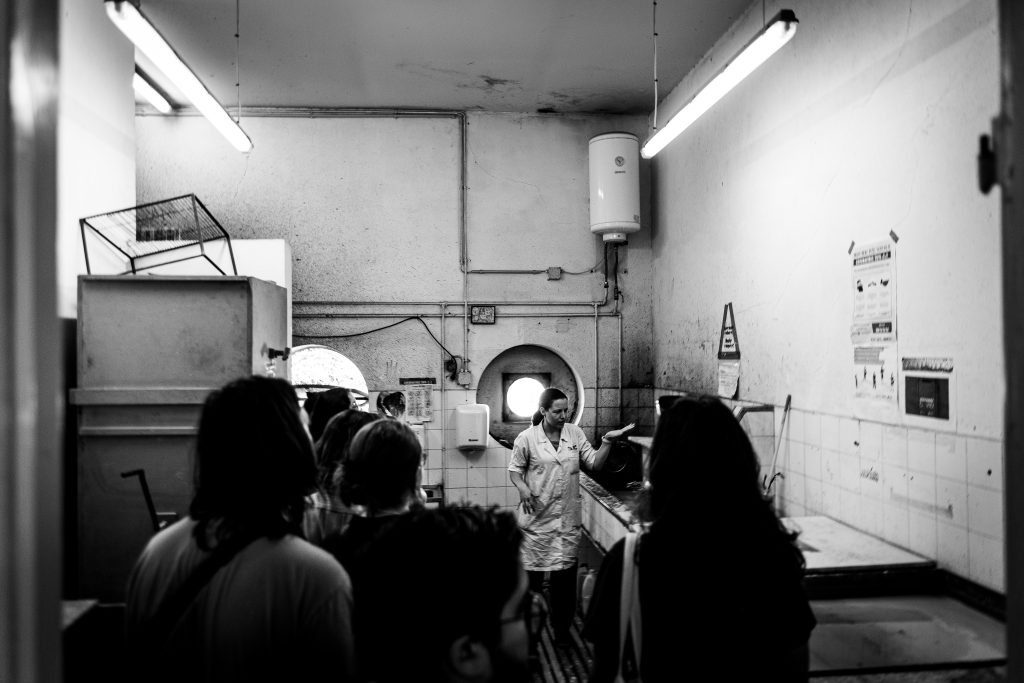

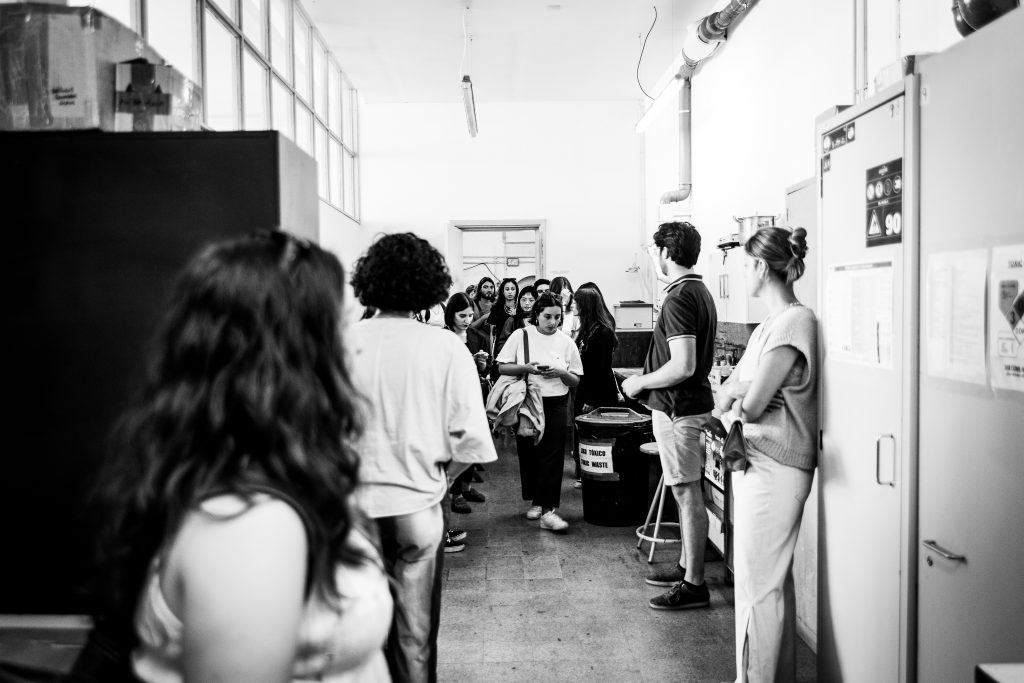
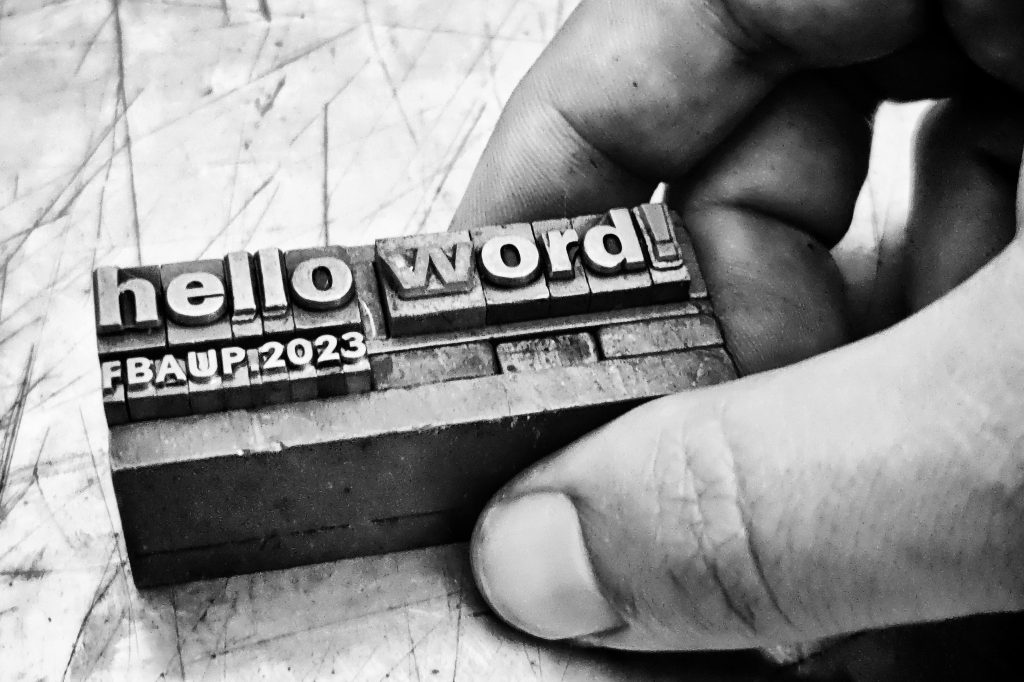
We also have the support of the printing and prototyping office — Tiago Pinho — which I hope will provide extra support for more material and analog projects. Please use and abuse.
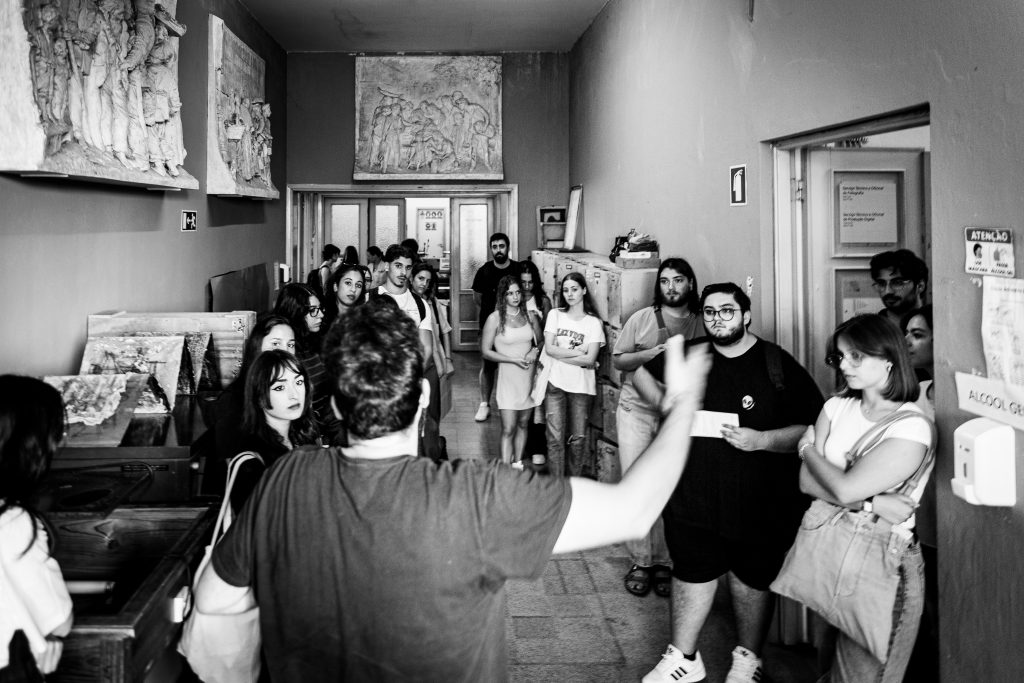

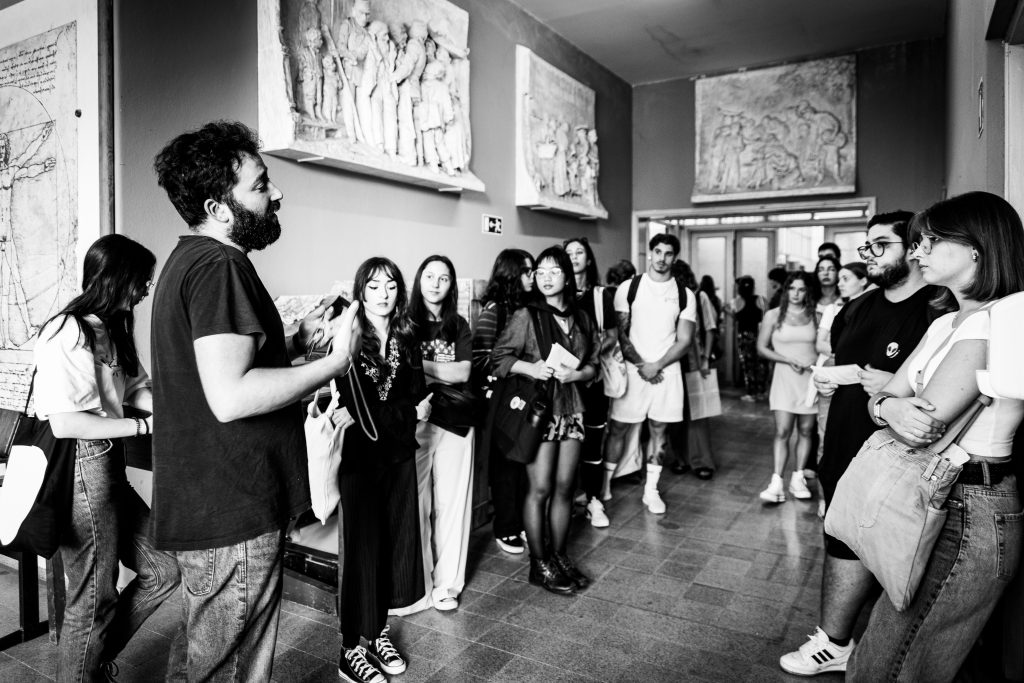
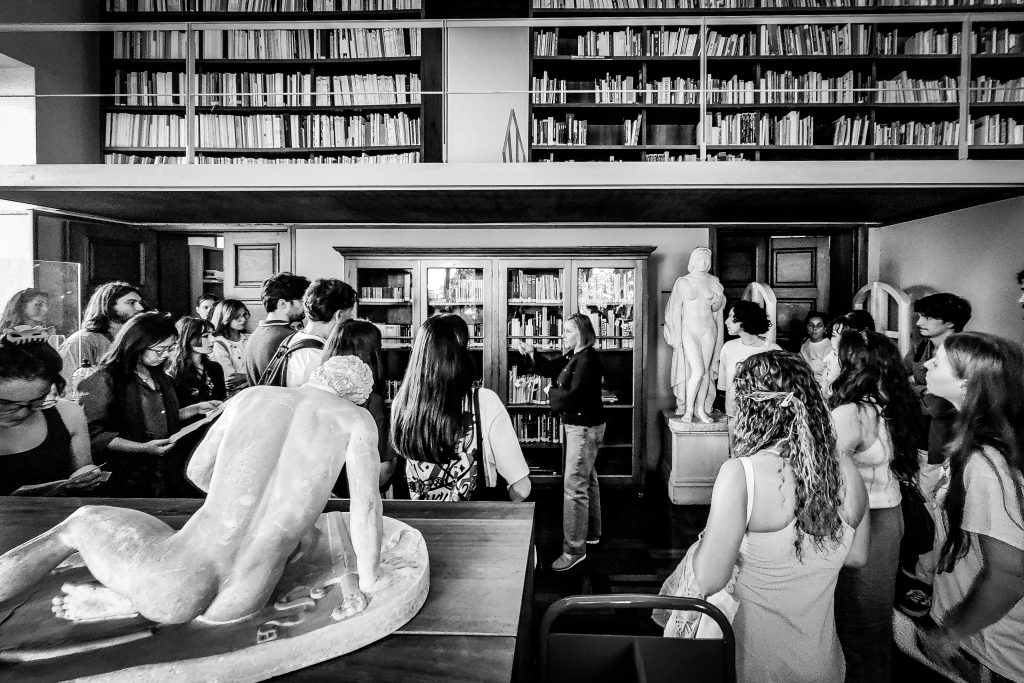
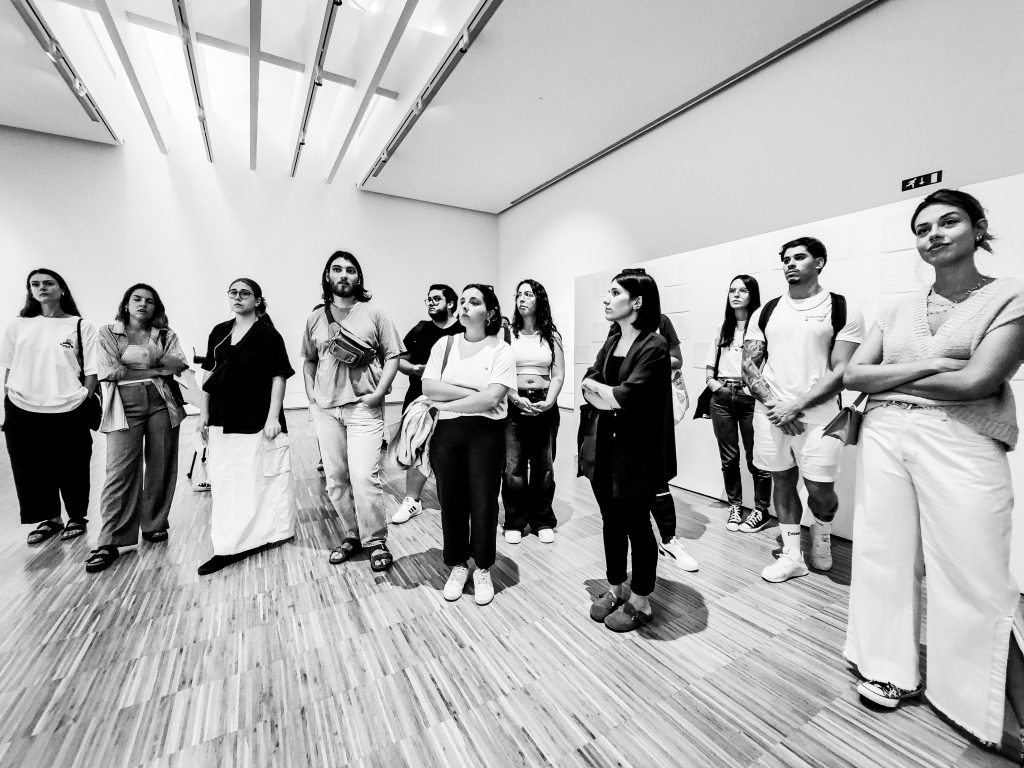
We still have a long way to go, as we know. Still, we need you to also put pressure on FBAUP’s services and equipment so that we can recover the graphic experimentation lab project and have more and better services and equipment.
Finally, to finish, I wish you all the best, personally and professionally. Make the most of the city’s and the college’s artistic and cultural components. Don’t be passive about conditions, teaching, or guidance — we hope you will challenge yourselves and us to push past current limits by actively building this shared curriculum. For this, you can count on us — teachers, academic staff, assistants, and senior technicians. We will be here to accompany you and help you achieve your goals.
We wish you all an excellent academic year 2023-24 and a remarkable educational journey filled with success and happiness.
Pedro Amado
Director of the Master in Graphic Design and Editorial Projects
Integrated Member of the Board of i2ADS – Institute for Research in Art, Design and Society
